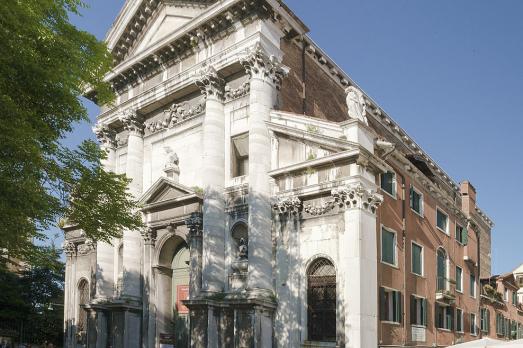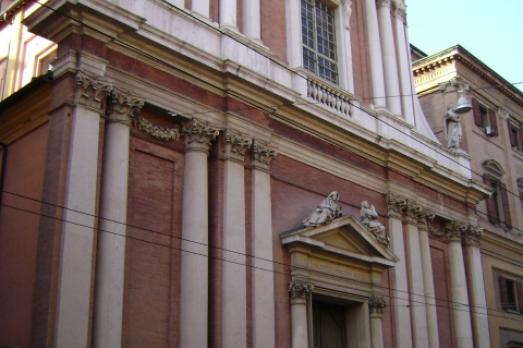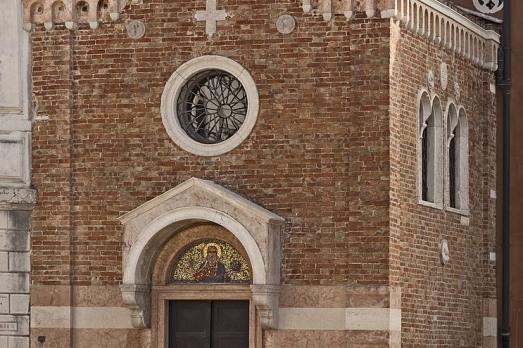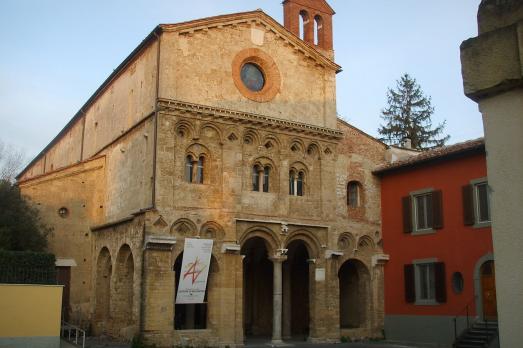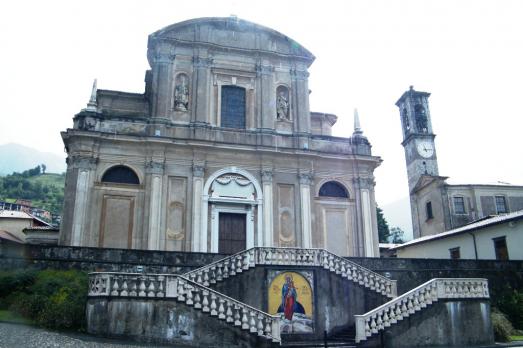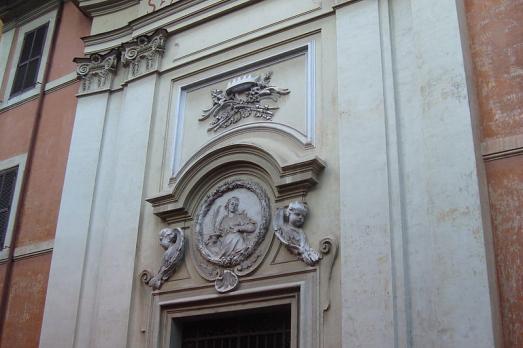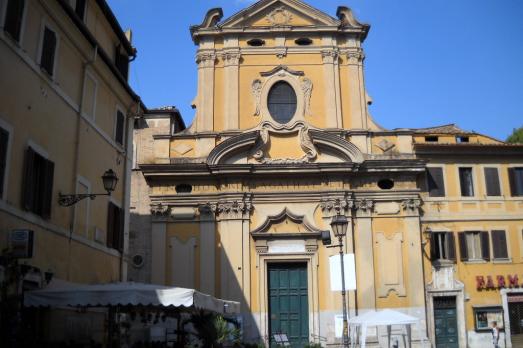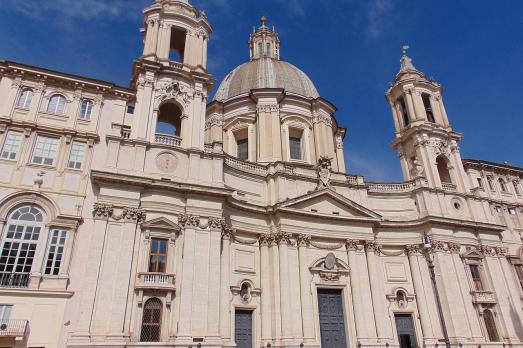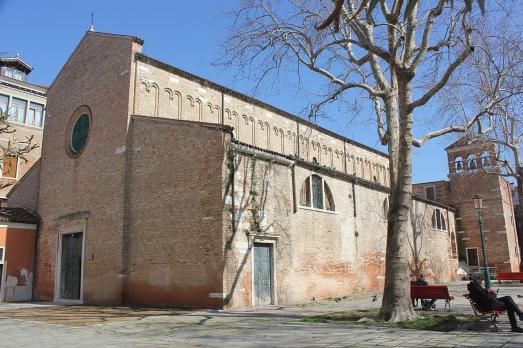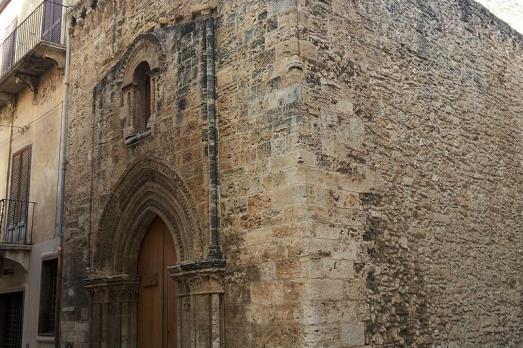
Chiesa di San Tommaso Apostolo
Alcamo, IT
The church of San Tommaso Apostolo was probably built by the ancestors of the Marcanza family around 1450 and is the only one of the pre-16th century churches in Alcamo that has remained intact. The roof was damaged by rain and was rebuilt in 1928 at the expense of the government and the municipality of Alcamo. Since 1984 it has been the headquarters of the Rotary Club of Alcamo.
